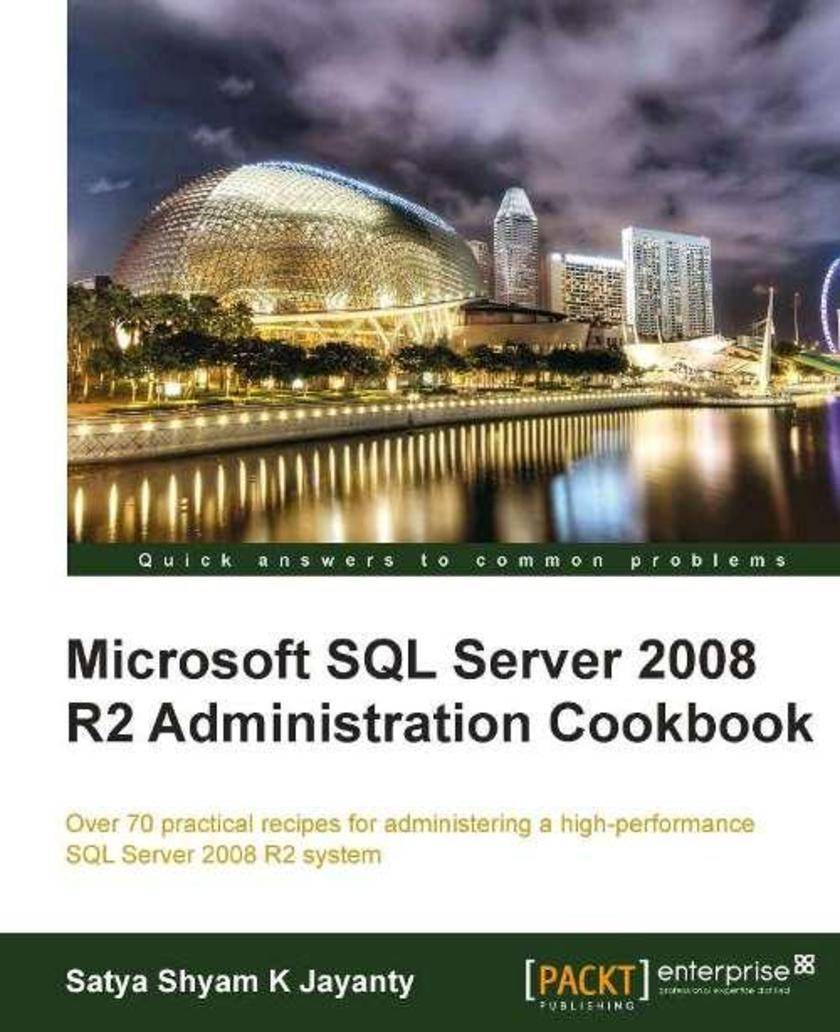
Microsoft SQL Server 2008 R2 Administration Cookbook
¥99.18
This book offers practical, task-based, and immediately usable recipes covering a wide range of advanced techniques for administering a high-performance SQL Server 2008 R2 system. In addition to its cookbook style, which ensures the solutions are presented in a clear step-by-step manner, its explanations go into great detail, which makes it good learning material for everyone who has experience in SQL Server and wants to improve. The book is designed in such a way that you can either read it chapter by chapter or refer to recipes that you want in no particular order. Although the book is focused on specific Microsoft SQL Server 2008 R2, most of the concepts and explanations are also applicable to SQL Server 2008. If you are an experienced database administrator and database architect who wants to design, administer, and manage a scalable and high-performance SQL Server 2008 R2 system, then this book is for you. The book assumes that you have a good understanding of database management systems, specifically experience in Microsoft SQL Server 2008 administration.
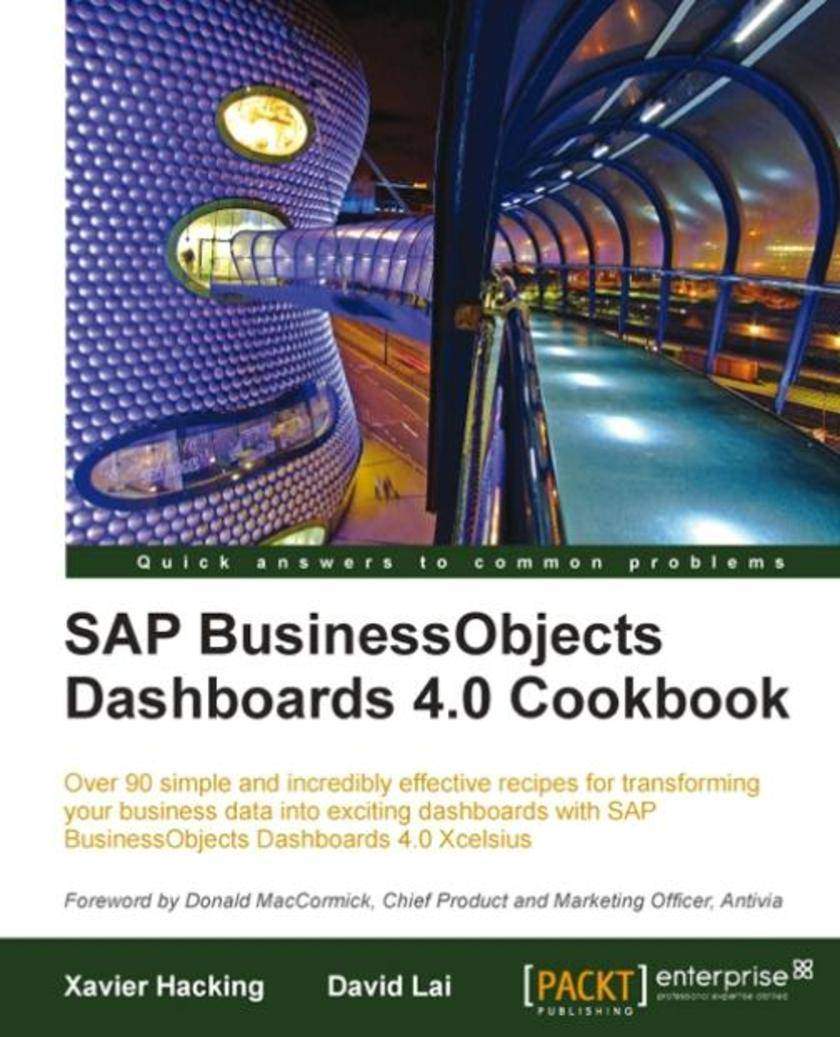
SAP BusinessObjects Dashboards 4.0 Cookbook
¥99.18
This guide to SAP BusinessObjects Dashboards 4.0 (formerly Xcelsius )is a cookbook packed full of practical recipes written in a clear, concise manner with annotated examples to empower readers to quickly accomplish specific dashboard tasks. If you are a developer with a good command and knowledge of creating dashboards, but are not yet an advanced Dashboard Design user, then this is the perfect book for you. You should have a good working knowledge of Microsoft Excel as well as knowledge of basic dashboard practices, though experience of Dashboard Design as a specific dashboard tool is not essential.
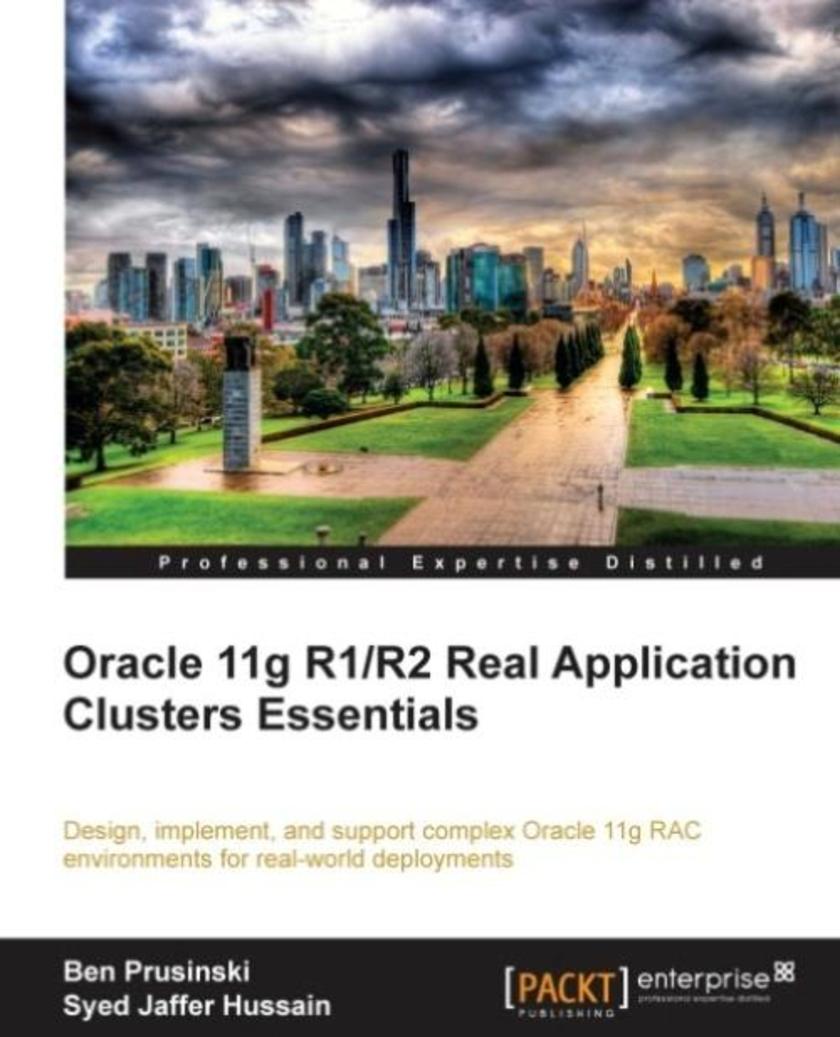
Oracle 11g R1/R2 Real Application Clusters Essentials
¥125.34
This book documents how to administer a complex Oracle 11g RAC environment. It covers new RAC components such as ASM’s new features, performance tuning, and troubleshooting. It contains real world examples, expert tips, and troubleshooting advice. This book focuses on Oracle RAC 11g R1 with additional 11g R2 information included. If you are an Oracle DBA who wants to administer Real Application Clusters, then this book is for you. Basic understanding of Oracle DBA is required. No experience of Oracle RAC is required.
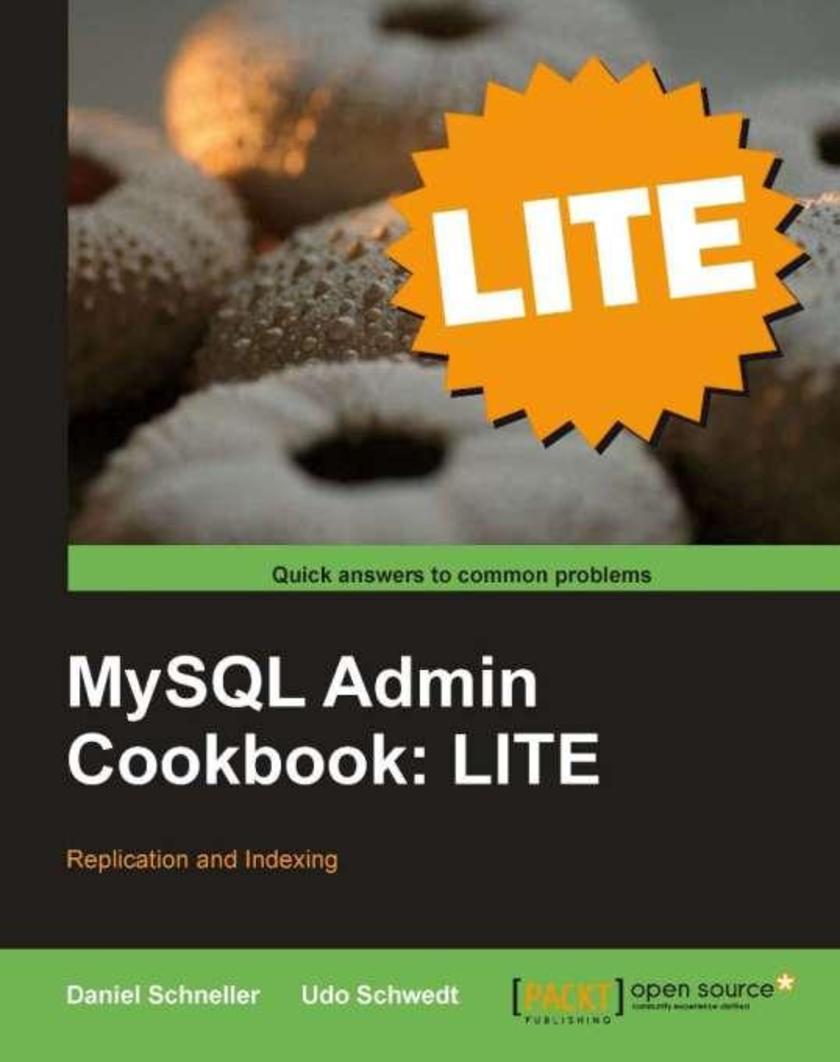
MySQL Admin Cookbook LITE: Configuration, Server Monitoring, Managing Users
¥35.96
"This book is for ambitious MySQL users as well as professional data center database administrators. Beginners as well as experienced administrators will benefit from this cookbook and get fresh ideas to improve their MySQL environments. Detailed background information will enable them to widen their MySQL horizon. It does not cover SQL basics, how to install MySQL servers, or how to design a relational database schema. Readers are expected to have a basic understanding of the SQL language and database concepts in general."
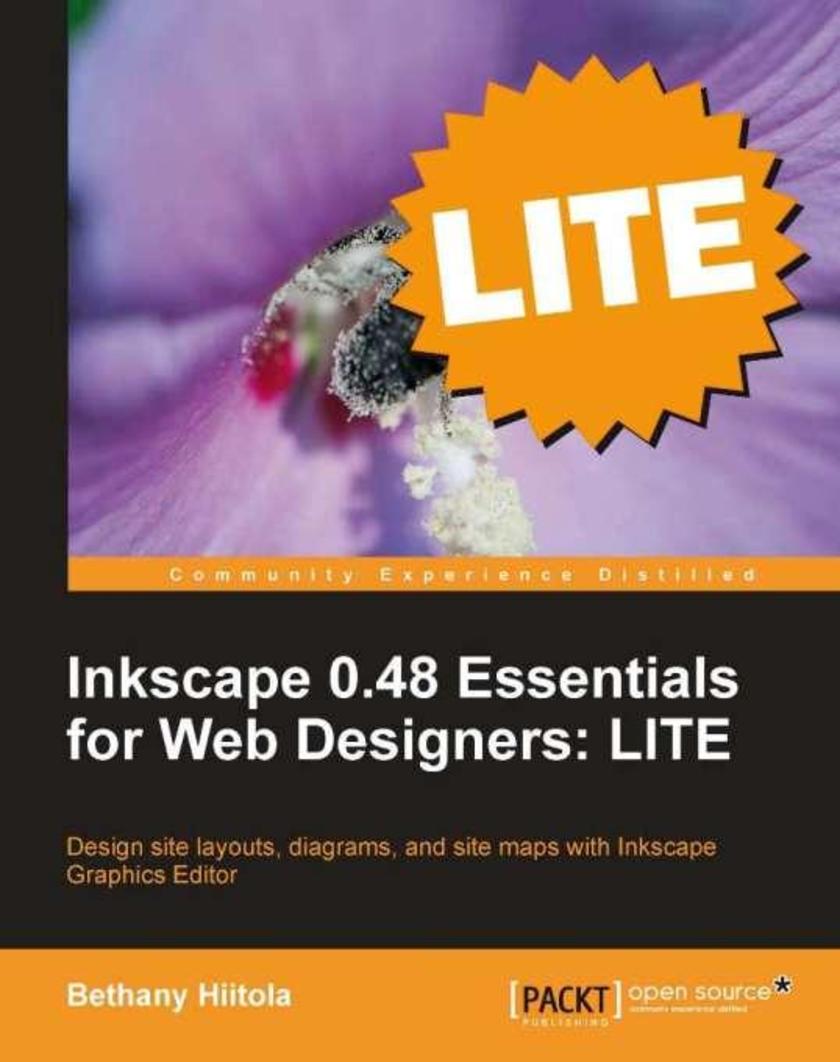
Inkscape 0.48 Essentials for Web Designers: LITE
¥35.96
This book is written for web designers who want to add attractive visual elements to their website. It assumes no previous knowledge of Inkscape. General familiarity with vector graphics programming is recommended but not required. It will also be a useful guide for experienced Inkscape users who want to learn how to apply their skills to website design.
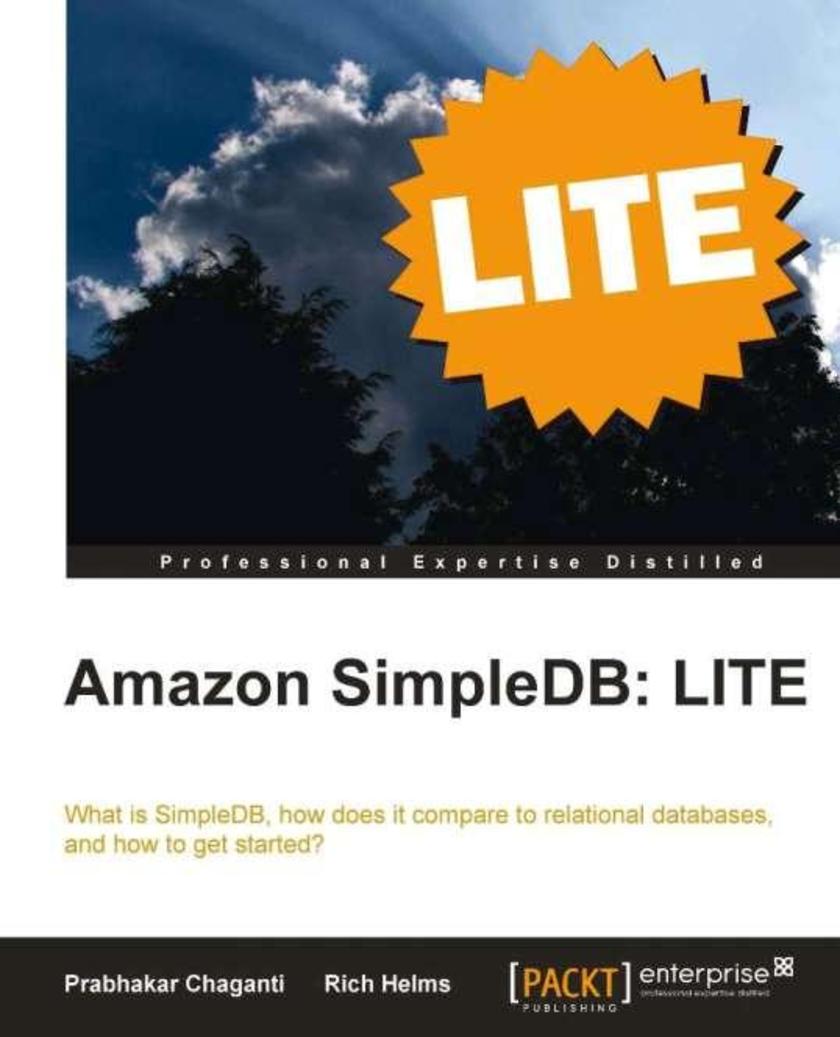
Amazon SimpleDB: LITE
¥35.96
If you are a developer wanting to get to grips with a primer into SimpleDB, then this book is for you. You do not need to know anything about SimpleDB to read and learn from this book, and no basic knowledge is strictly necessary.
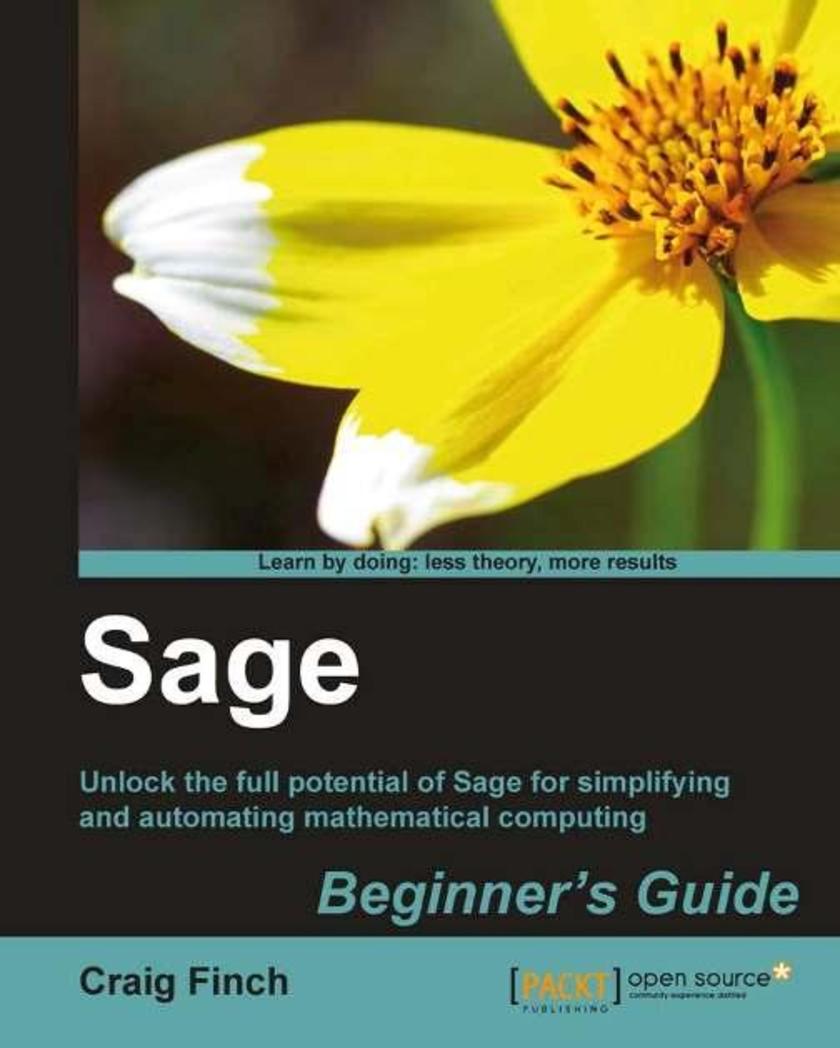
Sage Beginners Guide
¥90.46
This is a beginner's guide with clear step-by-step instructions, explanations, and advice. Each concept is illustrated with a complete example that you can use as a starting point for your own work. If you are an engineer, scientist, mathematician, or student, this book is for you. To get the most from Sage by using the Python programming language, we'll give you the basics of the language to get you started. For this, it will be helpful if you have some experience with basic programming concepts.
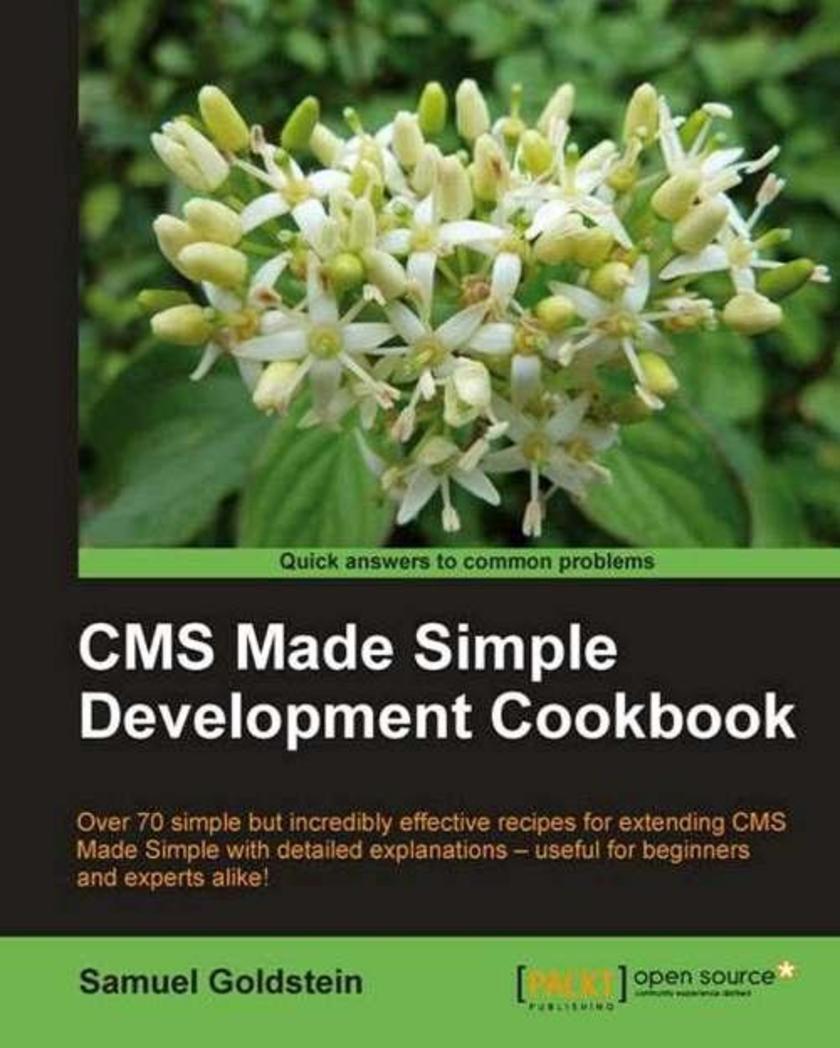
CMS Made Simple Development Cookbook
¥80.65
This is a cookbook, with practical recipes providing tips and tricks to the most common problems and scenarios faced with CMS Made Simple Development. If you are a CMS Made Simple user wanting to expand your skill set, or a programmer who wants to develop for CMS Made Simple, this book is for you. You will need working knowledge of PHP, HTML, and SQL. Some experience with CMS Made Simple is recommended.
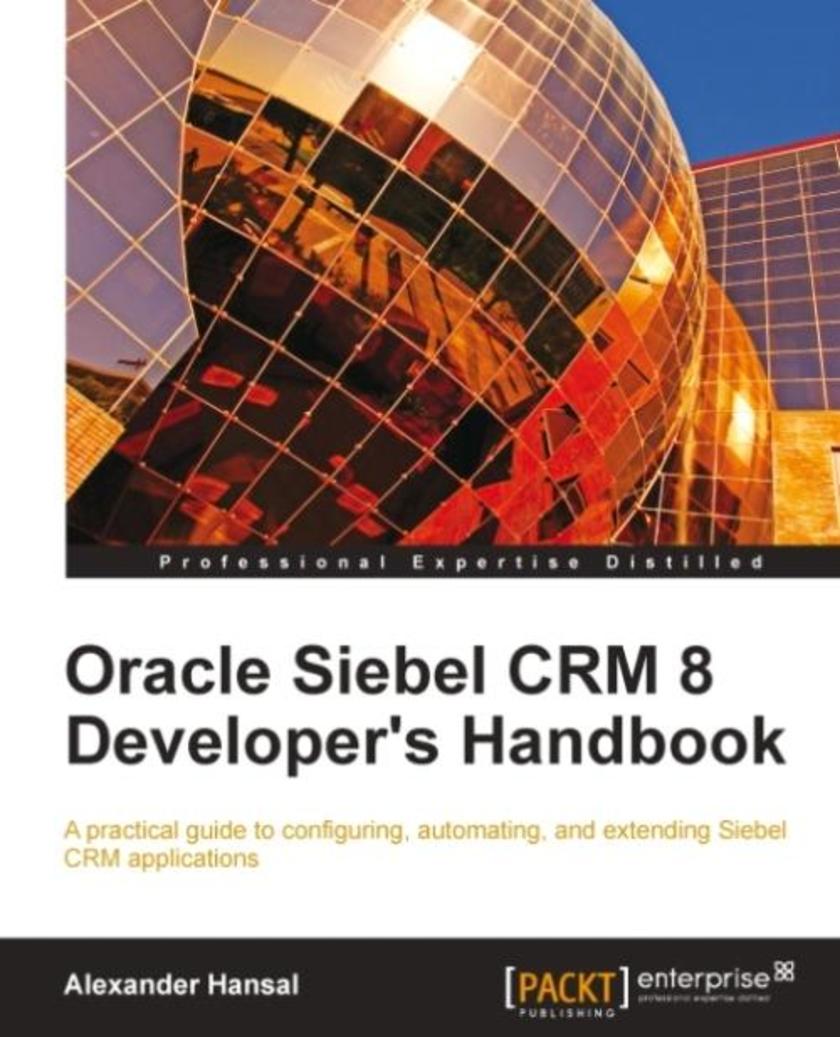
Oracle Siebel CRM 8 Developer's Handbook
¥125.34
This book uses a real-life case study to provide easy-to-follow examples that are radically practical and can be easily adapted to similar situations in Siebel CRM implementation projects. The book ensures that you know what you are doing and why you are doing it by providing useful insight along with detailed practical instructions. It contains a multitude of explanatory tables, screenshots, and precise diagrams to illustrate the topics. When you have finished the book you will feel prepared to participate in Siebel CRM implementation projects. In addition you will be able to teach the "old dogs" some new tricks. This book is written for developers who want to develop their Siebel Tools skill set. While the book is intended for beginners, even experienced developers will benefit from the topics presented in this book. Preliminary exposure to or training on technical Siebel topics would be beneficial but is not mandatory before you start reading this book.
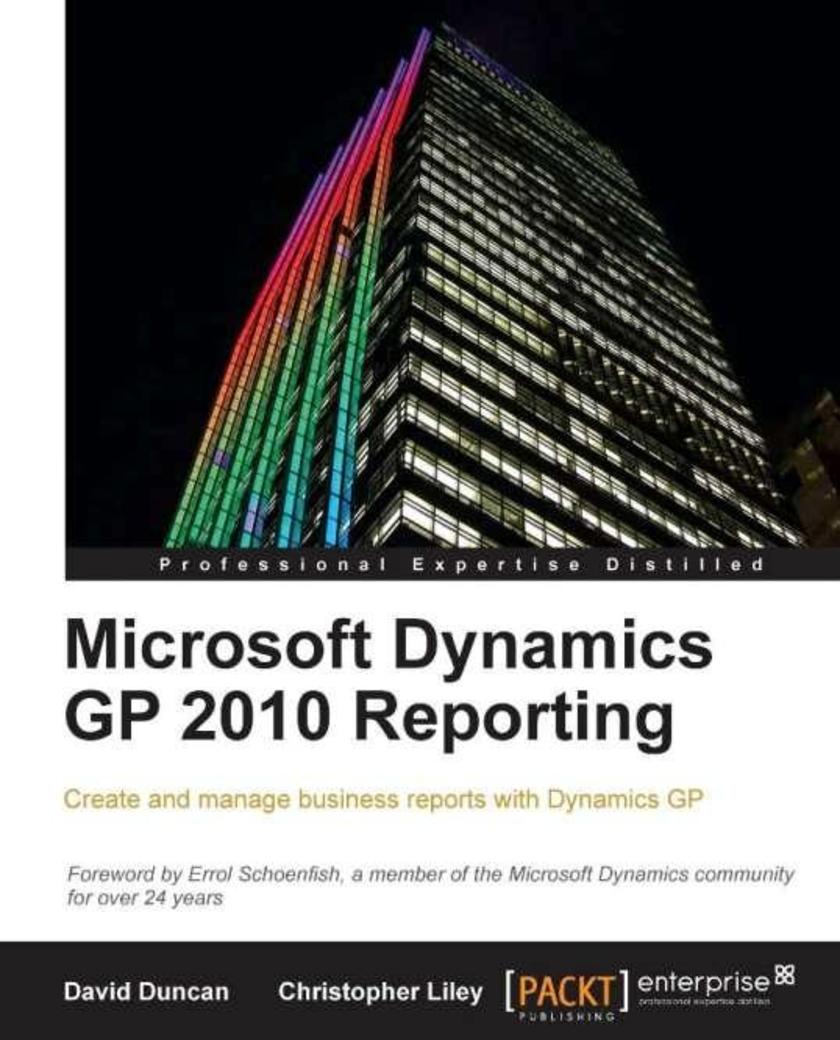
Microsoft Dynamics GP 2010 Reporting
¥107.90
Part tutorial, part reference guide, this book will show you how to create and manage reports as well as identify the most appropriate reporting tool for any reporting challenge. In addition, you will learn universal topics such as how to locate data for any given report. Although some of the reporting tools addressed in this book are exclusive to Dynamics GP 2010, many of the topics discussed also apply to older versions of GP. If you are a Microsoft Dynamics GP developer, consultant, or power user who wants to create and manage reports, then this book is for you. A working knowledge of Microsoft Dynamics GP is required. A basic understanding of business management systems and reporting applications such as Microsoft Excel and SQL Reporting Services is highly recommended.
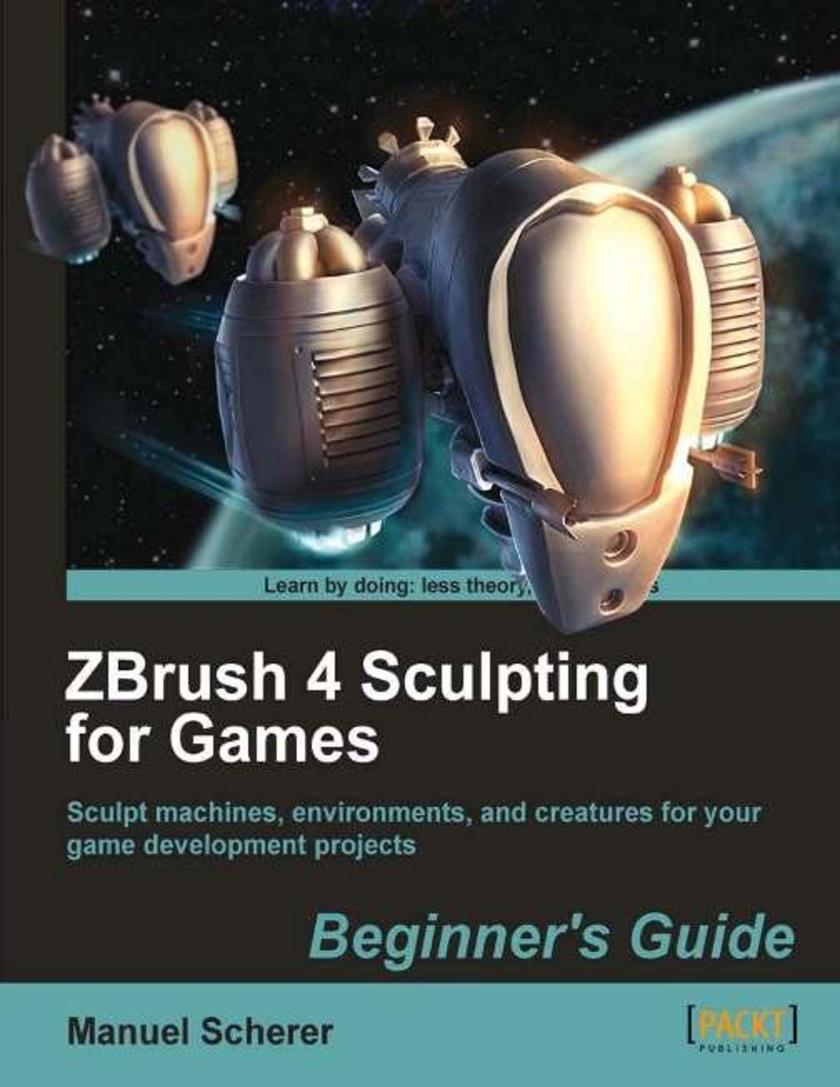
ZBrush 4 Sculpting for Games
¥80.65
This guidebook is built around four complex example projects with clear step-by-step instructions followed by useful explanation, advice, and handy reference material. It is richly illustrated with a friendly, informal writing style. If you want to get started fast using ZBrush for games then this is the book for you. This book is for all digital artists or game developers who want to create their own 3D sculptures in ZBrush. No experience with ZBrush is required – it's suitable for complete beginners and intermediate users.

IBM WebSphere Application Server v7.0 Security
¥99.18
With this book you will explore WebSphere Application Server security concepts, which you can expand upon while working on mini-projects. With the author's style of writing you will gain the knowledge and confidence needed to implement WebSphere Application Servers securely. Right from the basics of securing your WebSphere Application Server to advanced security features, the author utilizes exercises, screenshots, and clear instructions. If you are a system administrator or an IT professional who wants to learn about the security side of the IBM WebSphere Application Server v7.0, this book will walk you through the key aspects of security and show you how to implement them. You do not need any previous experience in WebSphere Application Server, but some understanding of Java EE technologies will be helpful. In addition, Java EE application developers and architects who want to understand how the security of a WebSphere environment affects Java EE enterprise applications will find this book useful.

Oracle GoldenGate 11g Implementer's guide
¥99.18
More than just a step-by-step guide, this book offers examples, tips, and tricks that are all discussed in detail, providing the reader with the knowledge and confidence to implement them. Supporting diagrams, illustrations, and screenshots promote understanding and enhance the overall reading experience. The author's onsite experience in implementing Oracle GoldenGate in the financial sector is thoroughly reflected in this book. This book is for Solution Architects and Database Architects who wish to learn about the functionality and efforts required in implementing a data replication, migration or integration solution using GoldenGate. It is also designed for System Administrators and Database Administrators who want to implement, or those who have already implemented, Goldengate and who want to explore its advanced features. An intermediate understanding of Oracle database technology is assumed.
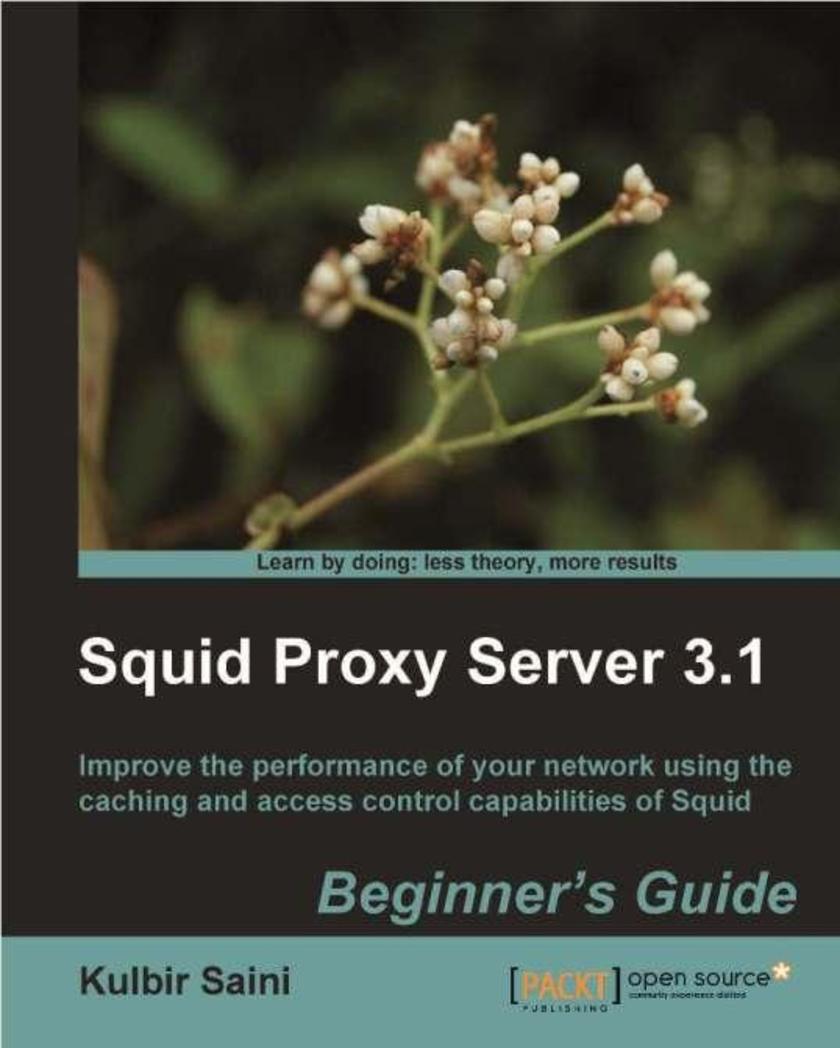
Squid Proxy Server 3.1: Beginner's Guide
¥80.65
Part of Packt's Beginner's Guide Series, this book has lots of screenshots and step-by-step instructions to help you get to grips with the techniques as quickly as possible. Each chapter is dedicated to a different aspect of the Squid proxy server, so you will have a thorough understanding of how everything works and how it is connected by the end of the book. If you are a Linux or Unix system administrator and you want to enhance the performance of your network or you are a web developer and want to enhance the performance of your website, this book is for you. You are expected to have some basic knowledge of networking concepts, but may not have used caching systems or proxy servers before now.
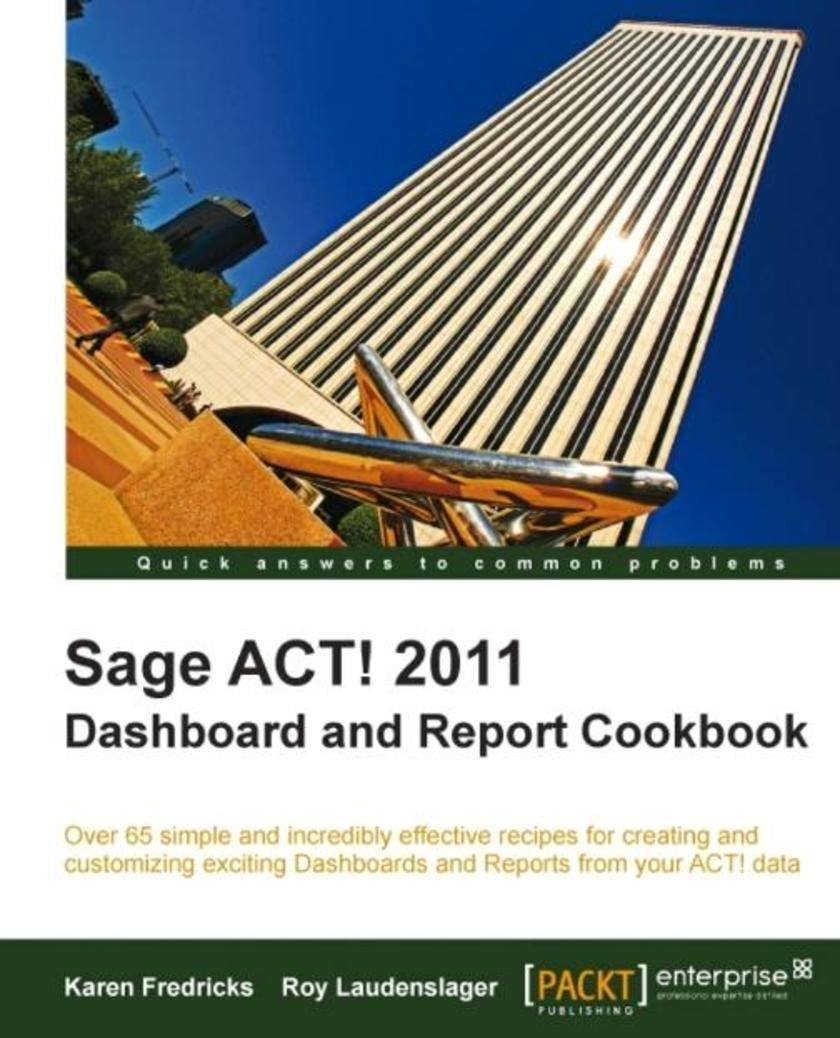
Sage ACT! 2011 Dashboard and Report Cookbook
¥71.93
This is a cookbook of easy-to-follow recipes about ACT! 2011 dashboard and report practices. If you are an ACT! end user who wants to learn about the existing reports and dashboards available in ACT! 2009, 2010, and 2011, then this book is for you. If you are an ACT! administrator who wants to make changes to ACT!'s dashboard and reporting features or a sales manager who needs to measure the effectiveness of his sales force, you will also find this book helpful. New CRM users will learn how to measure the success of their database. Prior knowledge of ACT! is not essential; however, you'll find it helpful to have good working knowledge of how to add data to ACT!, or to work with an ACT! database that has already been populated with data.
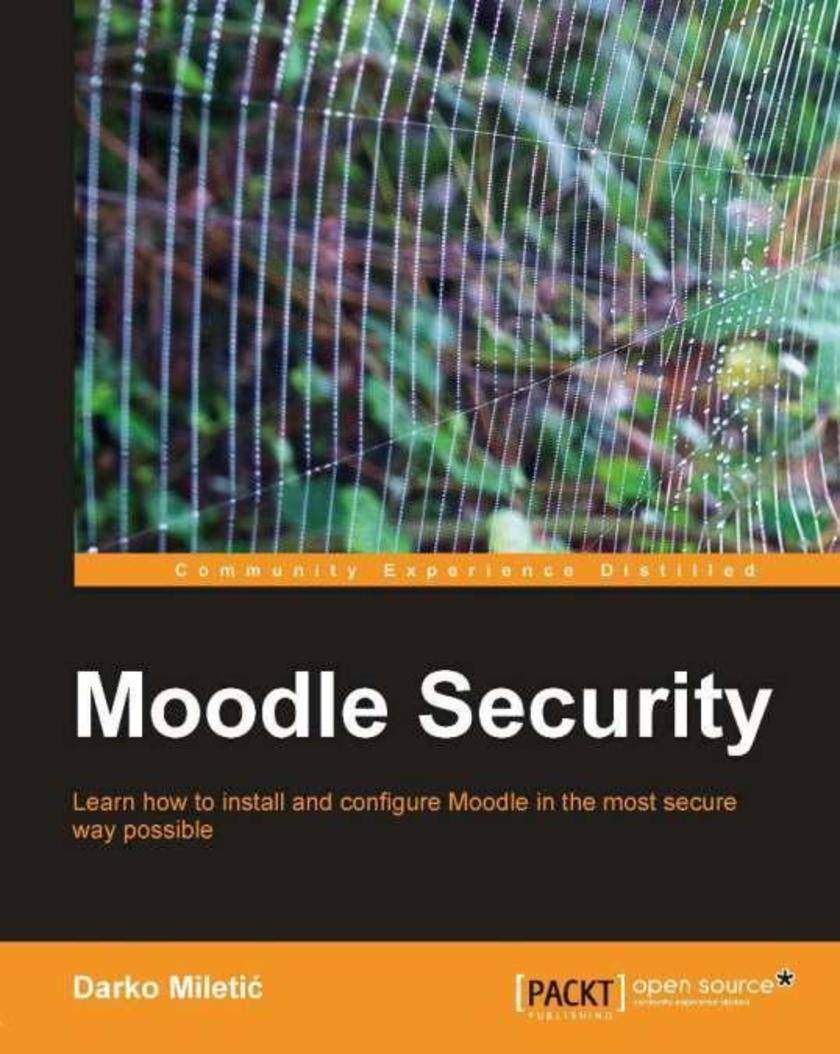
Moodle Security
¥80.65
Moodle Security is packed with practical examples, which guide you through optimizing the protection of your Moodle site. Each chapter covers a different security threat and how to secure your site against it. You will also find recommendations for what is best for your particular system and usage. If you are in charge of Moodle – whether you are an administrator or lead teacher – then securing it is one of the most important things that you can do. You need to know the basics of working with Moodle, but no previous experience of system administration is required.
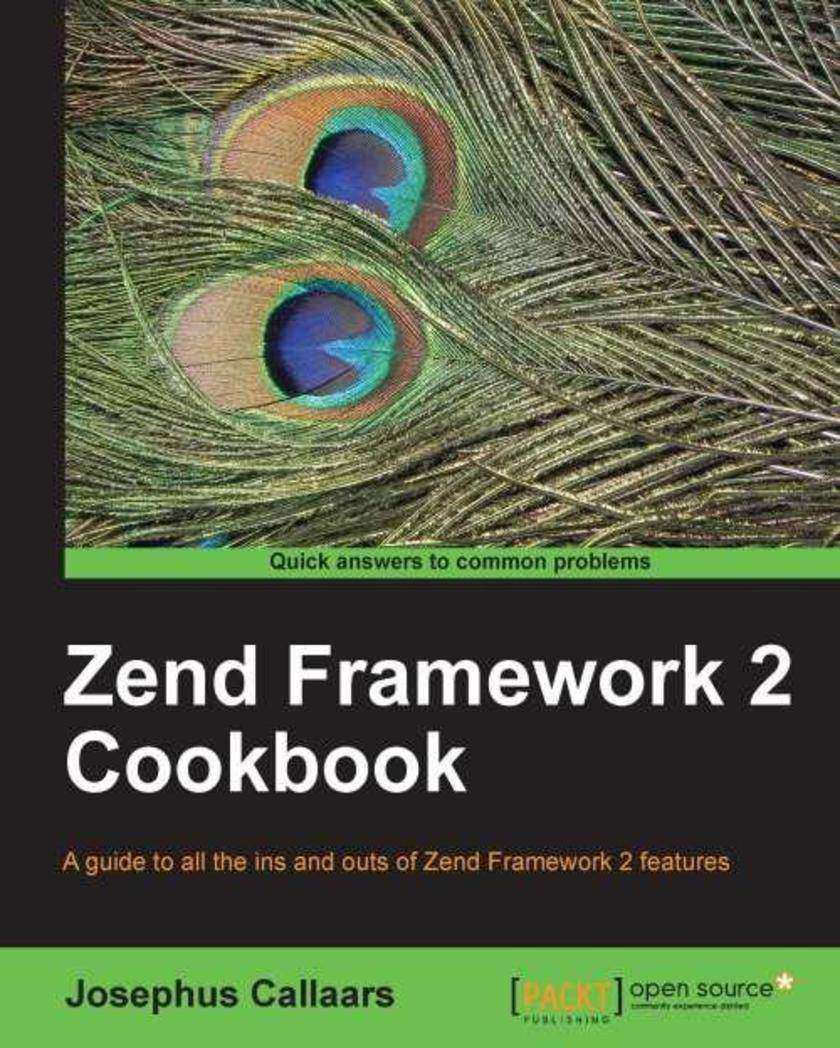
Zend Framework 2 Cookbook
¥90.46
This book is written in a practical, cookbook style with numerous examples and recipes. This style allows you to go both directly to your topic of interest or follow topics throughout a chapter to gain an in-depth knowledge of certain areas.'Zend Framework 2 Cookbook" is for PHP developers who are fairly advanced in programming in PHP. It will also be useful for developers who have a keen interest in expanding their knowledge outside the boundaries of simply *ing pages together. As unit testing and MVC will be discussed, it is beneficial for the reader to know what these technologies are, although experience with developing applications is not necessarily essential.
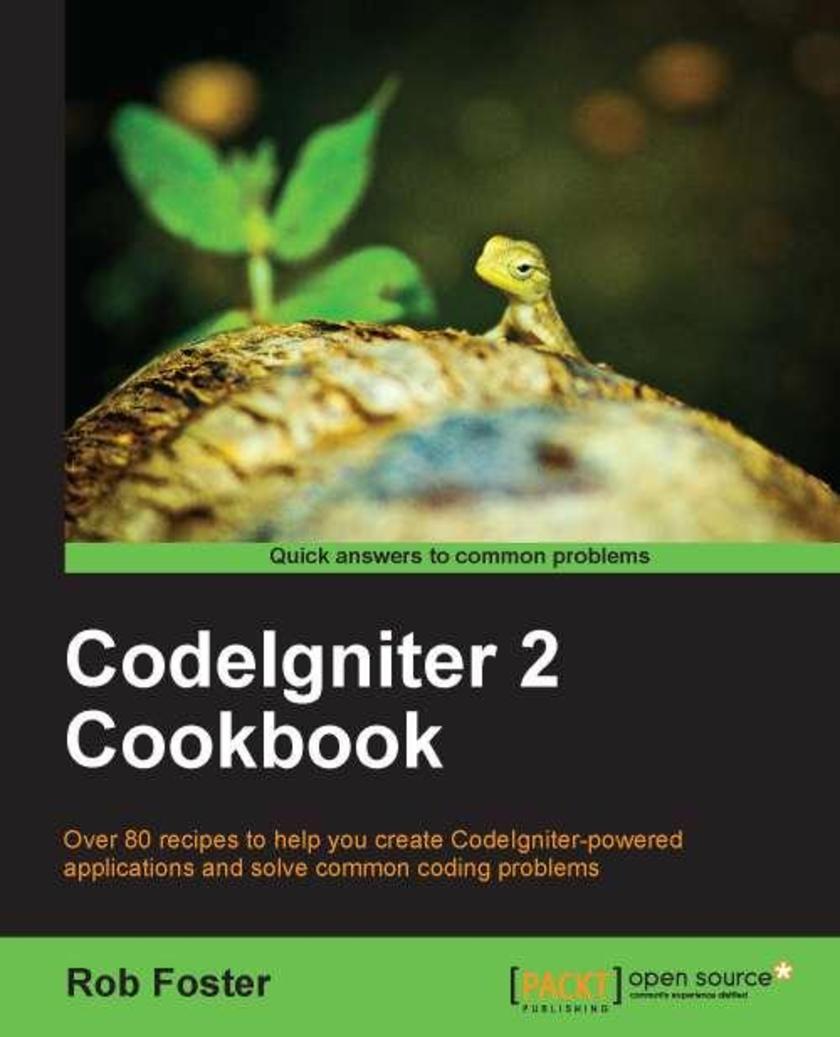
CodeIgniter 2 Cookbook
¥90.46
Presented in a recipe-based format, you are led step-by-step through each aspect of CodeIgniter, allowing you to dip in and out as you choose.CodeIgniter 2 Cookbook is for intermediate to advanced PHP developers who want to begin using the powerful CodeIgniter framework to create web applications. Familiarity with CodeIgniter isn’t essential, but it will be useful if you have been introduced to the framework before.

QlikView 11 para Desarrolladores
¥107.90
Los ejercicios de este libro tienen un enfoque de tutorial paso a paso y en los que al mismo tiempo se van presentando mejores prácticas de desarrollo. El libro está estructurado de forma que puede ser leído de inicio a fin o leer solamente partes del mismo.Este libro va dirigido a desarrolladores y usuarios que quieren aprender a crear aplicaciones de Inteligencia de Negocios con QlikView. Desarrolladores que ya hayan usado QlikView por un tiempo podrán encontrar recomendaciones útiles y mejores prácticas para hacer uso más efectivo de QlikView. Este libro solamente cubre QlikView Desktop. Implementaciones en QlikView Server y Publisher est?an fuera del alcance de este libro. Este libro no va enfocado a administradores de servidores QlikView.
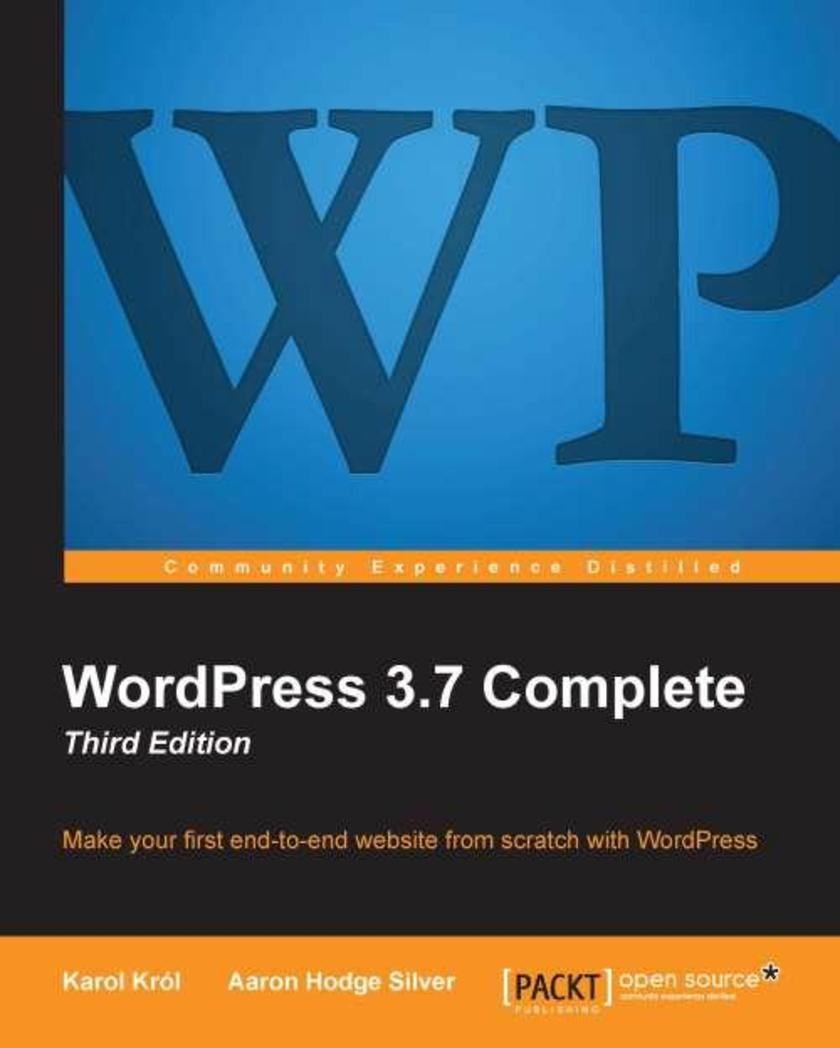
WordPress 3.5 Complete: Third Edition
¥80.65
WordPress 3.5 Complete: Third Edition is a comprehensive and step-by-step tutorial packed with screenshots and examples to make it easy and quick to pick it up.This WordPress book is a guide to WordPress for online publishers and web developers. If you are new to blogging and want to create your own blog or website from scratch, then "WordPress 3.5 Complete: Third Edition" is for you. No prior knowledge of HTML/CSS or PHP is required.
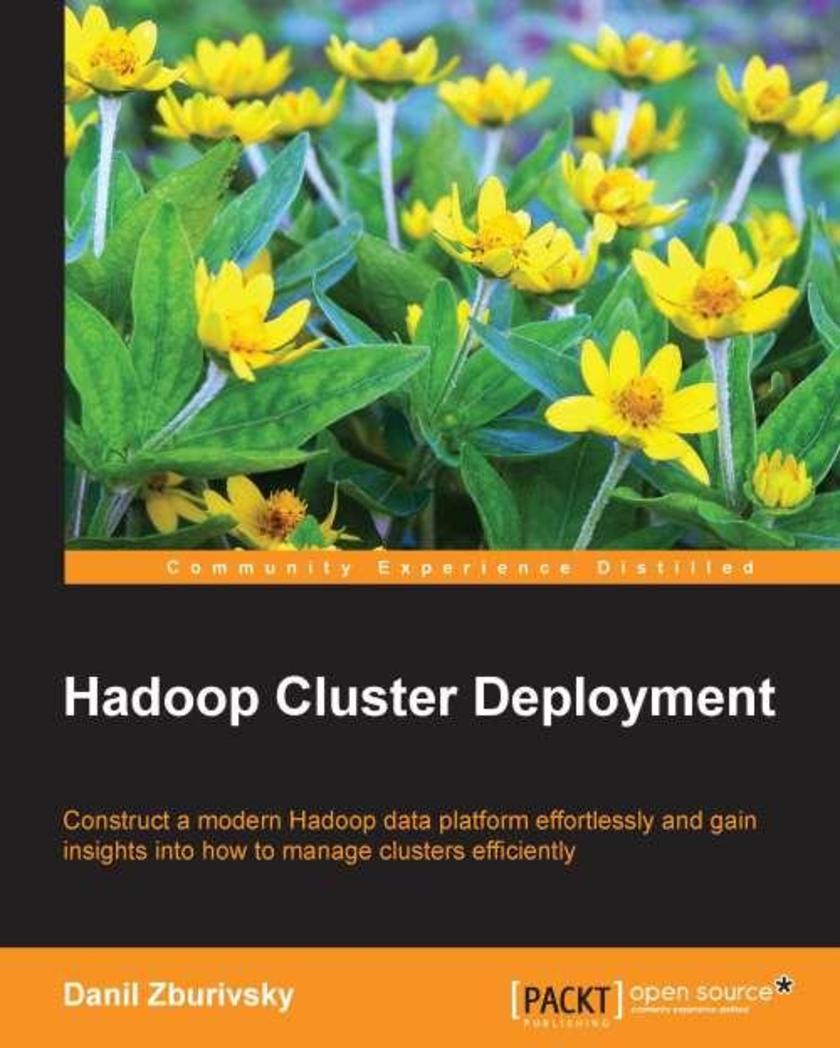
Hadoop Cluster Deployment
¥63.21
This book is a step-by-step tutorial filled with practical examples which will show you how to build and manage a Hadoop cluster along with its intricacies.This book is ideal for database administrators, data engineers, and system administrators, and it will act as an invaluable reference if you are planning to use the Hadoop platform in your organization. It is expected that you have basic Linux skills since all the examples in this book use this operating system. It is also useful if you have access to test hardware or virtual machines to be able to follow the examples in the book.




 购物车
购物车 个人中心
个人中心



